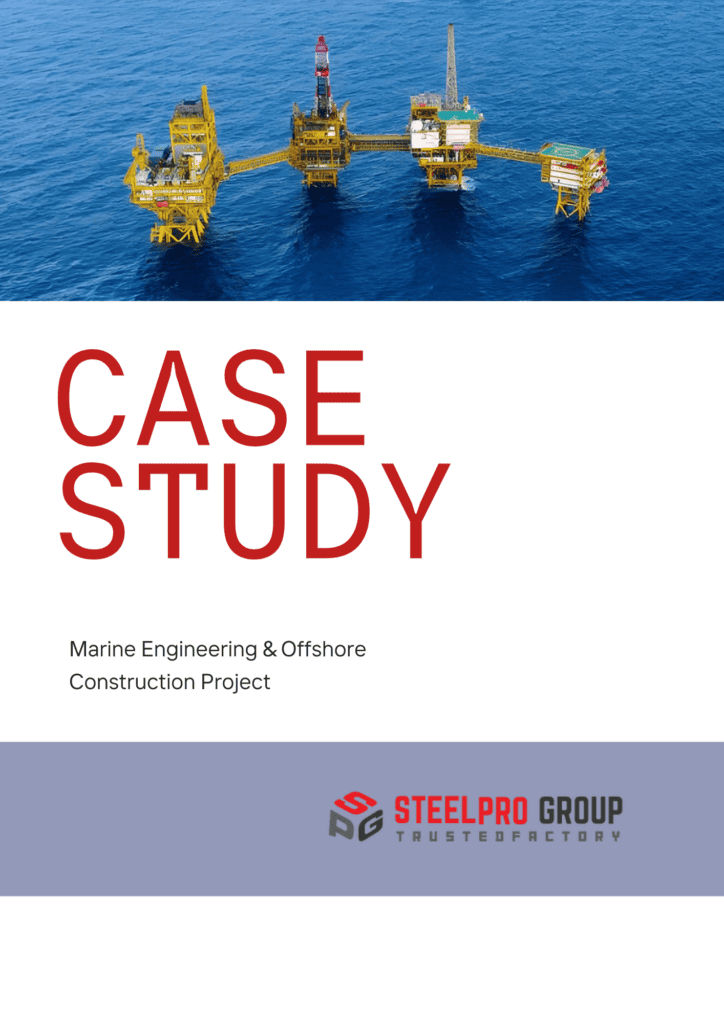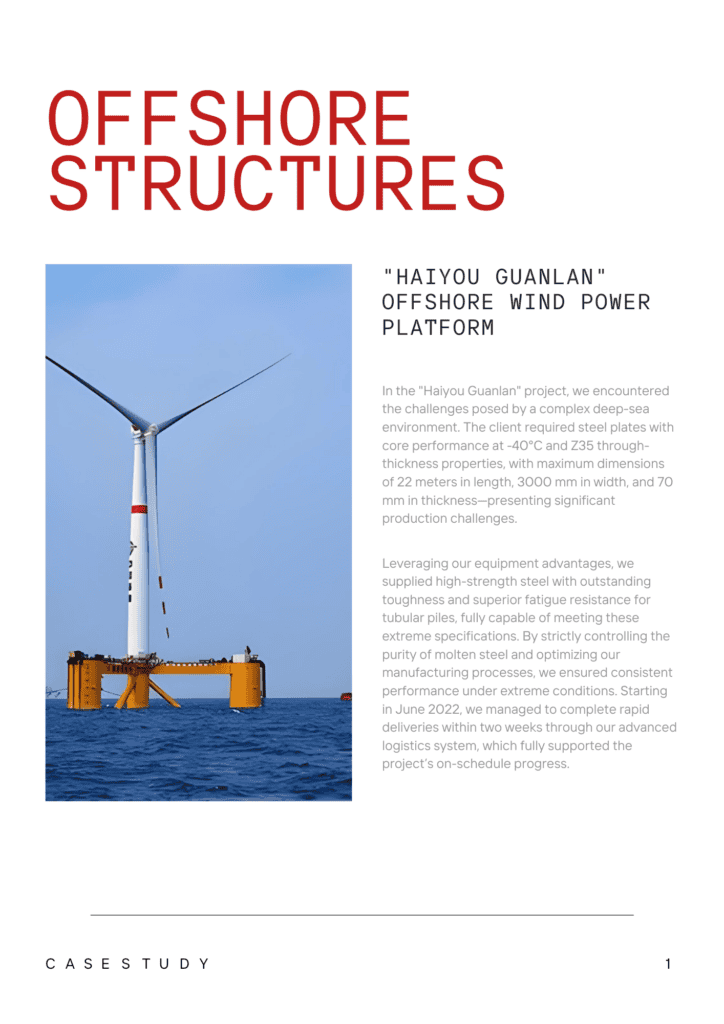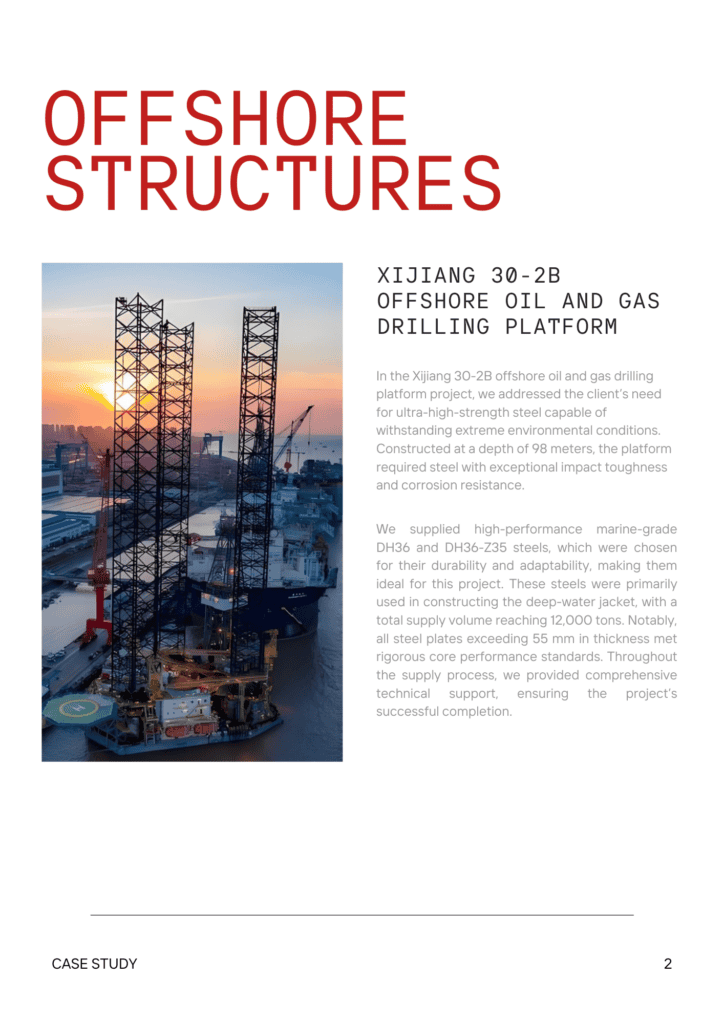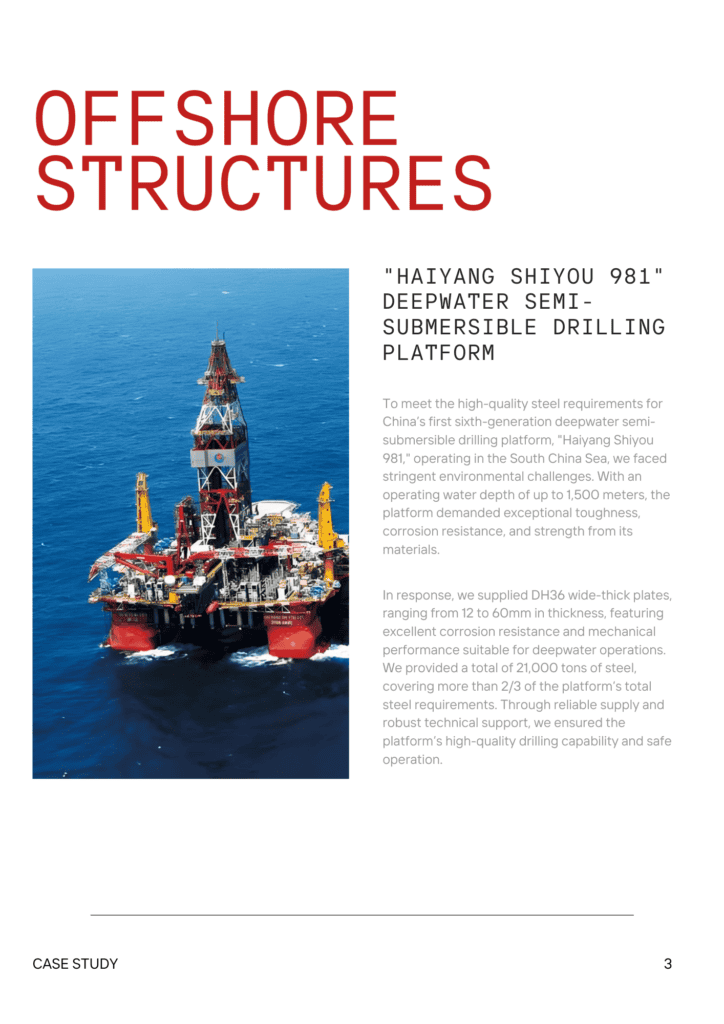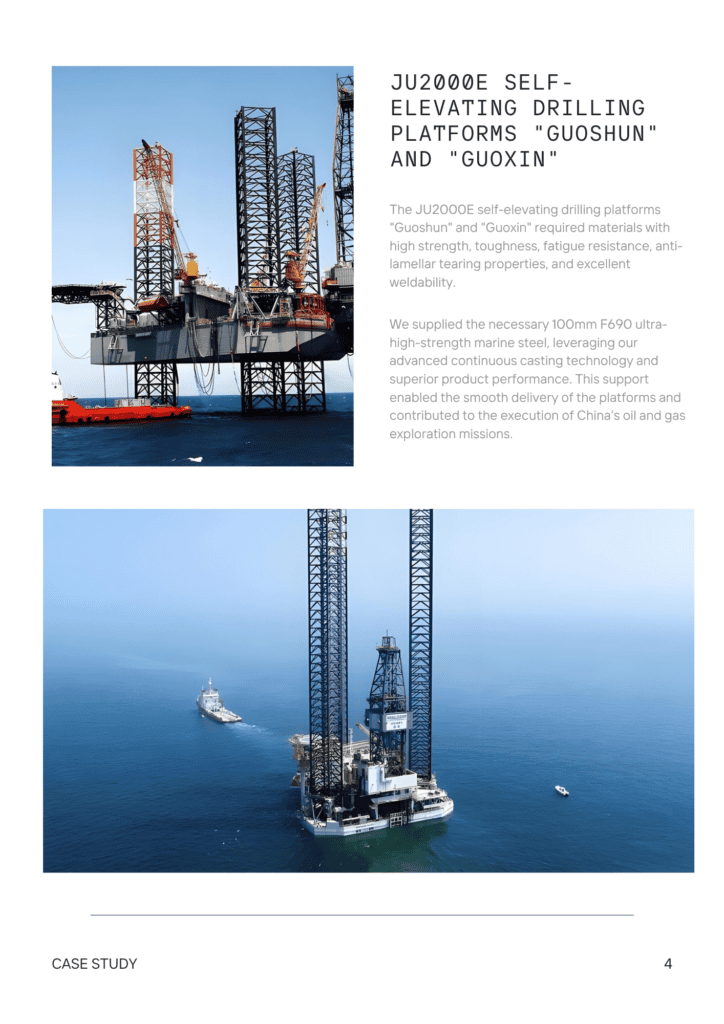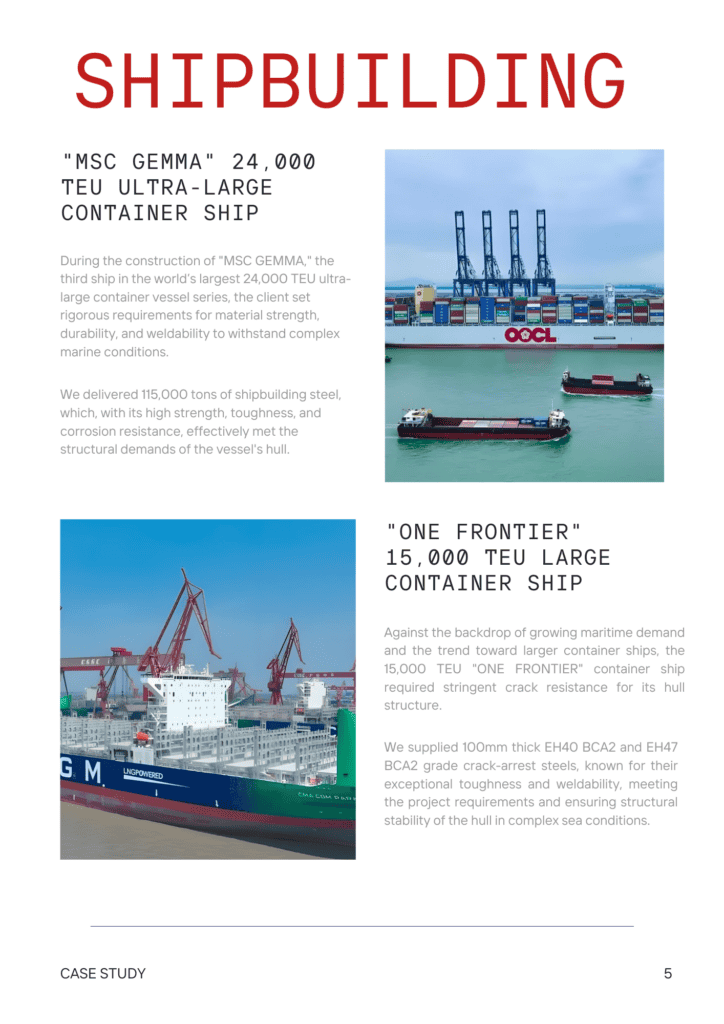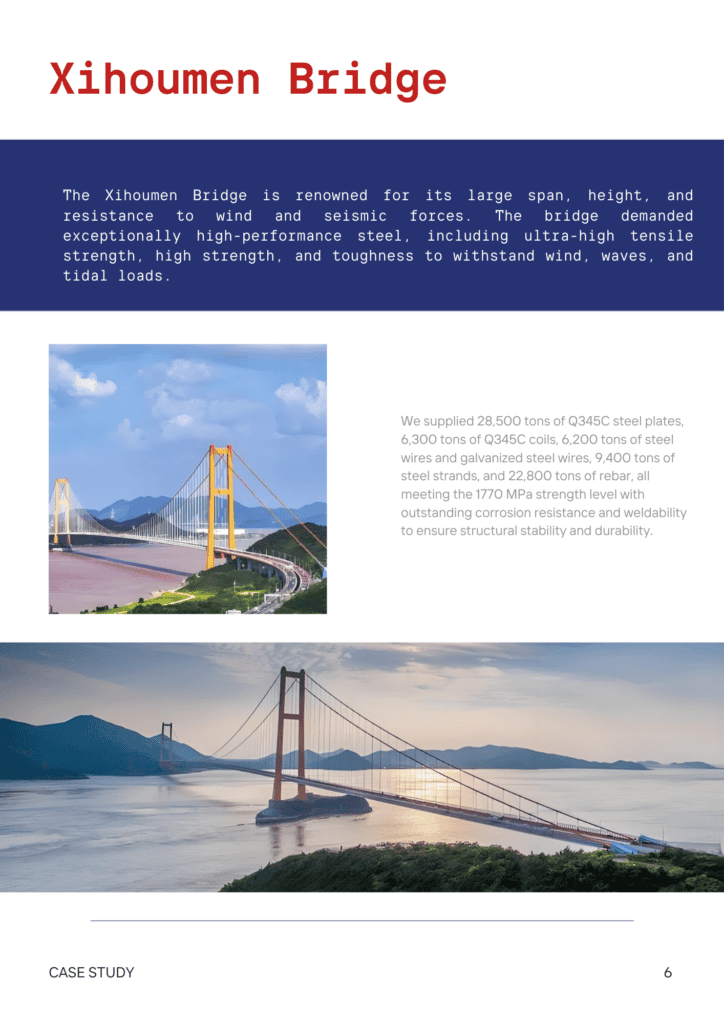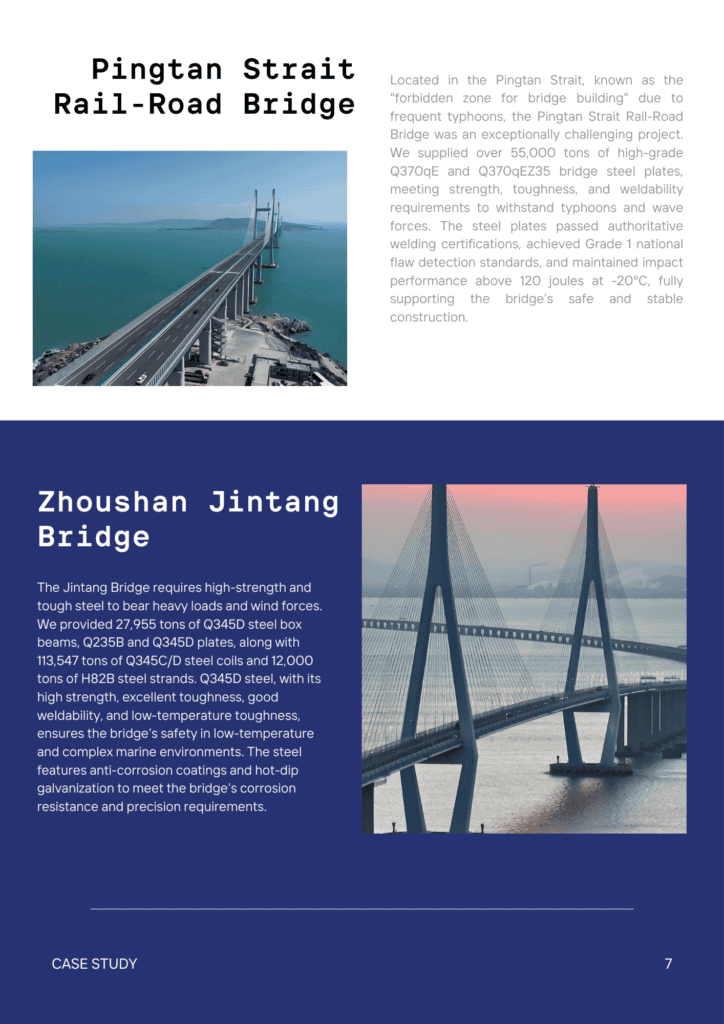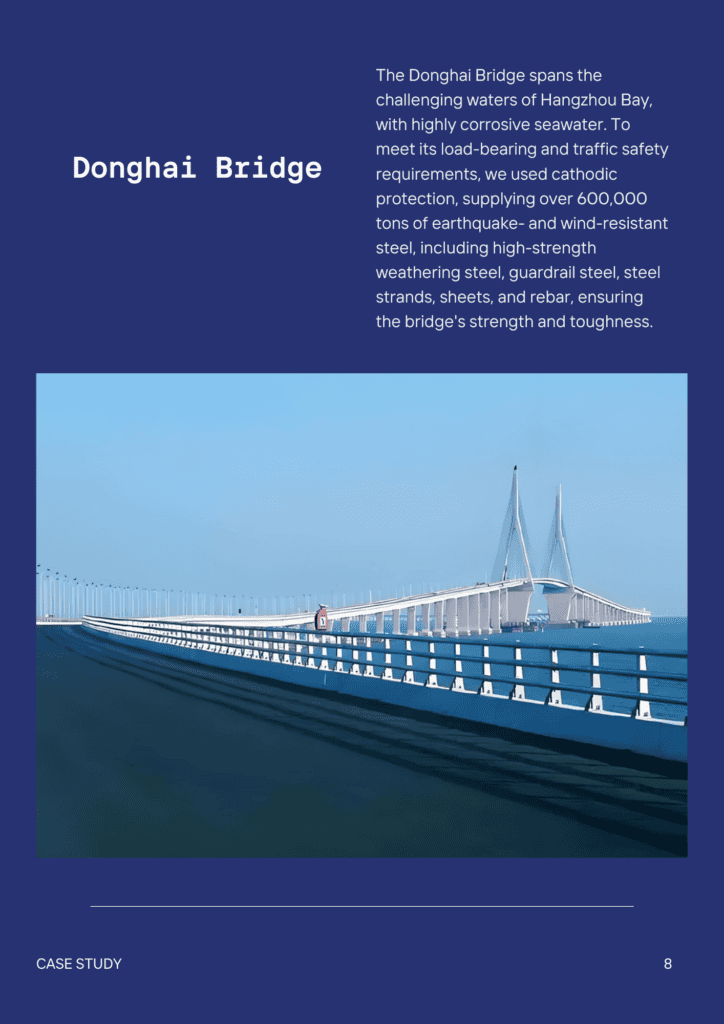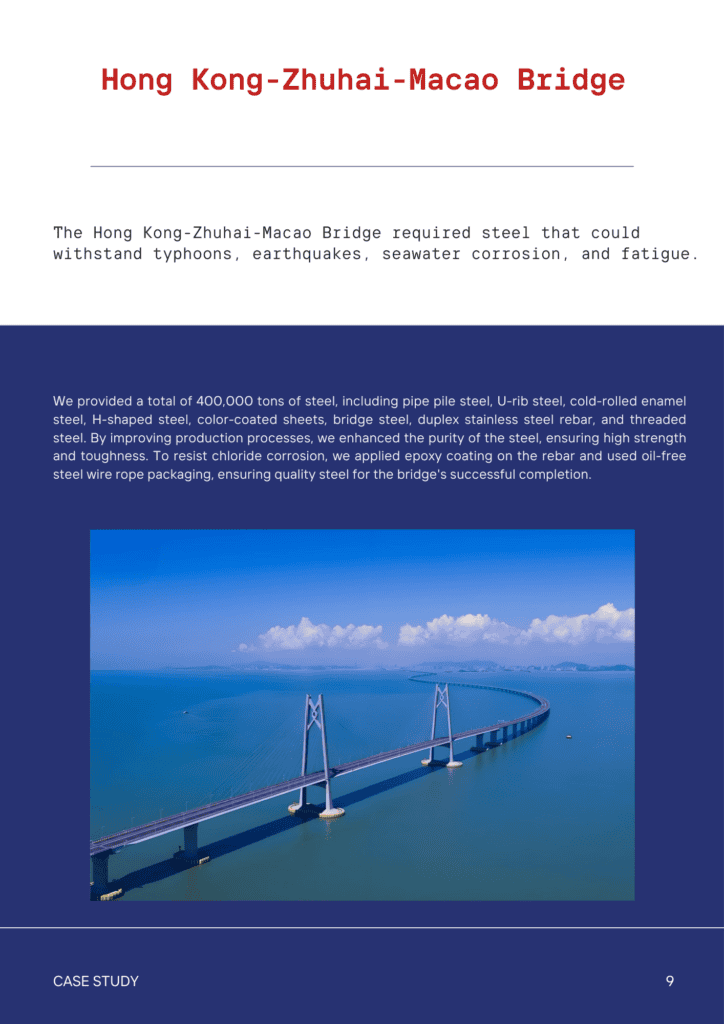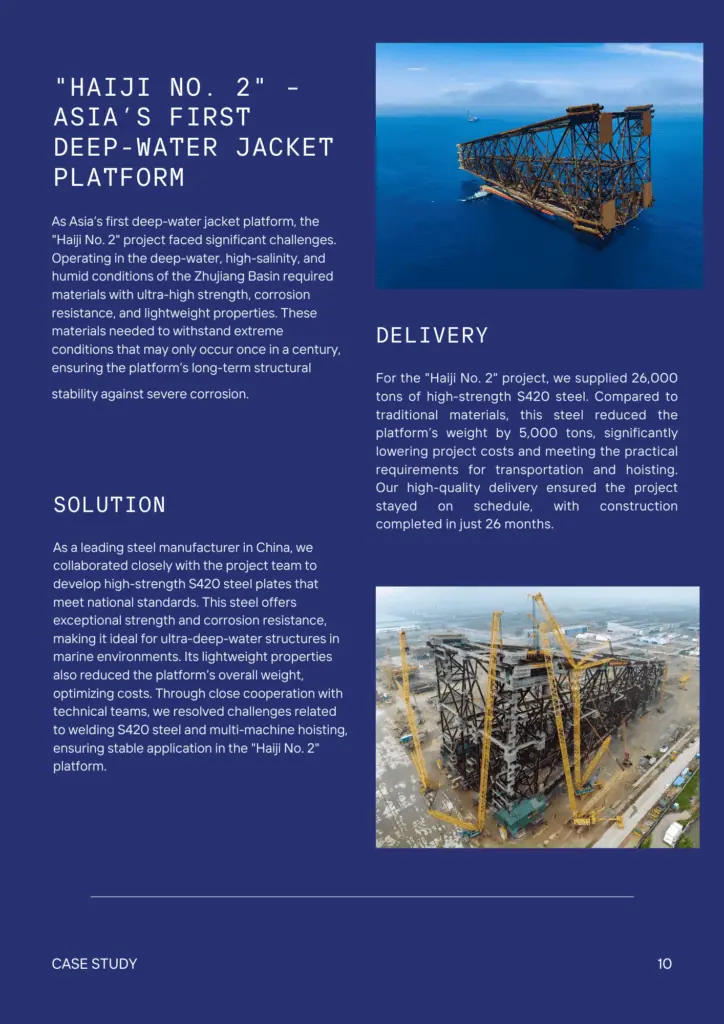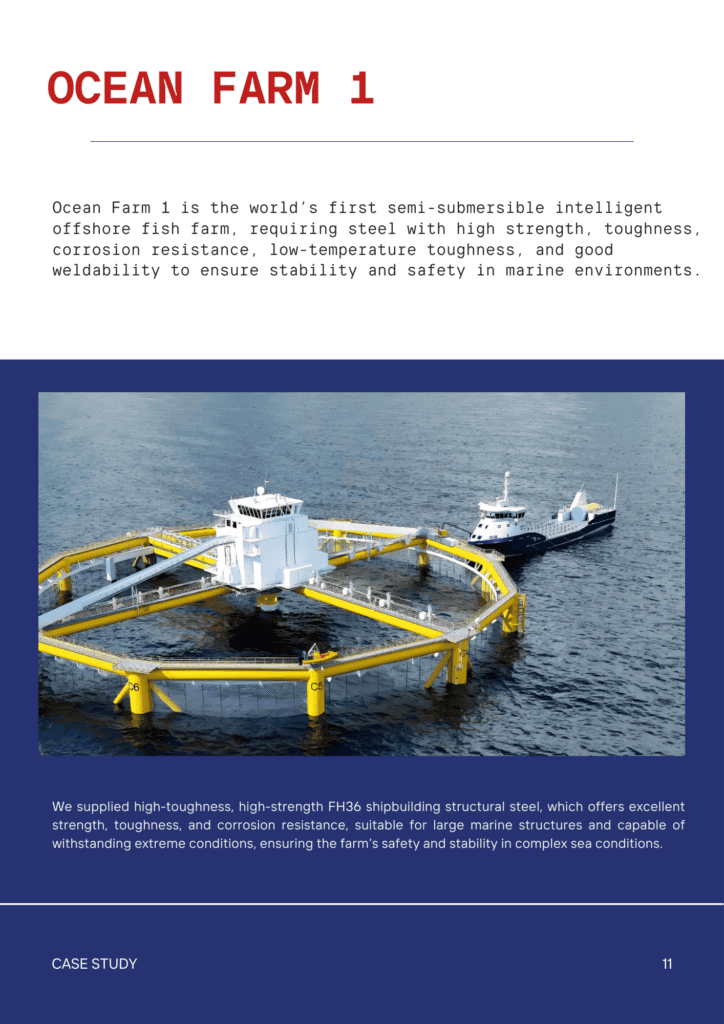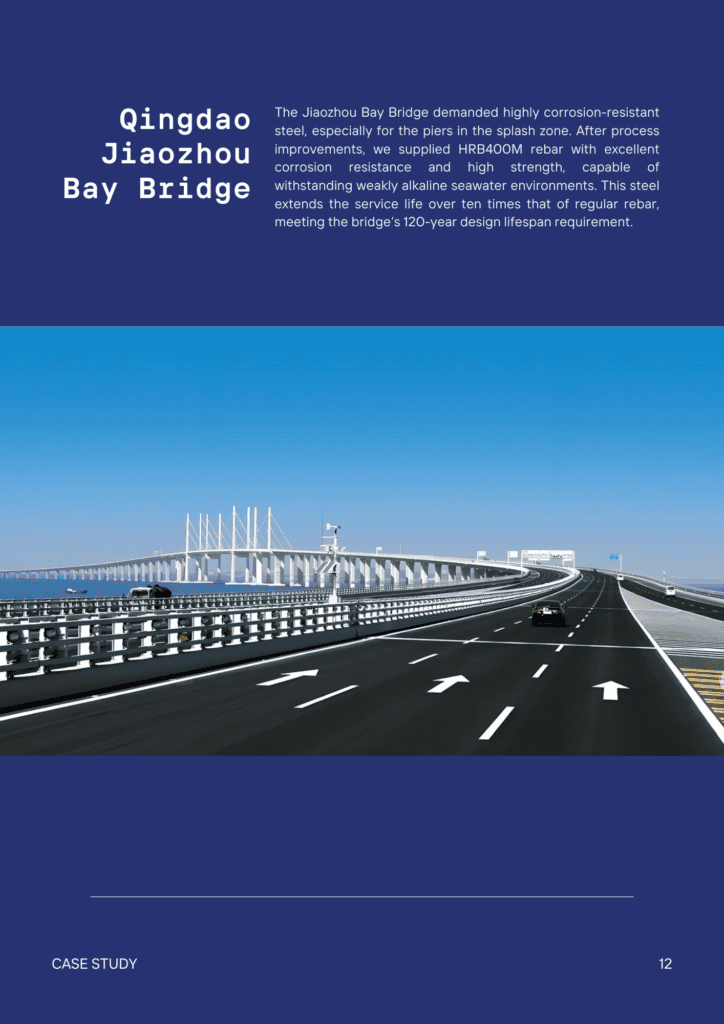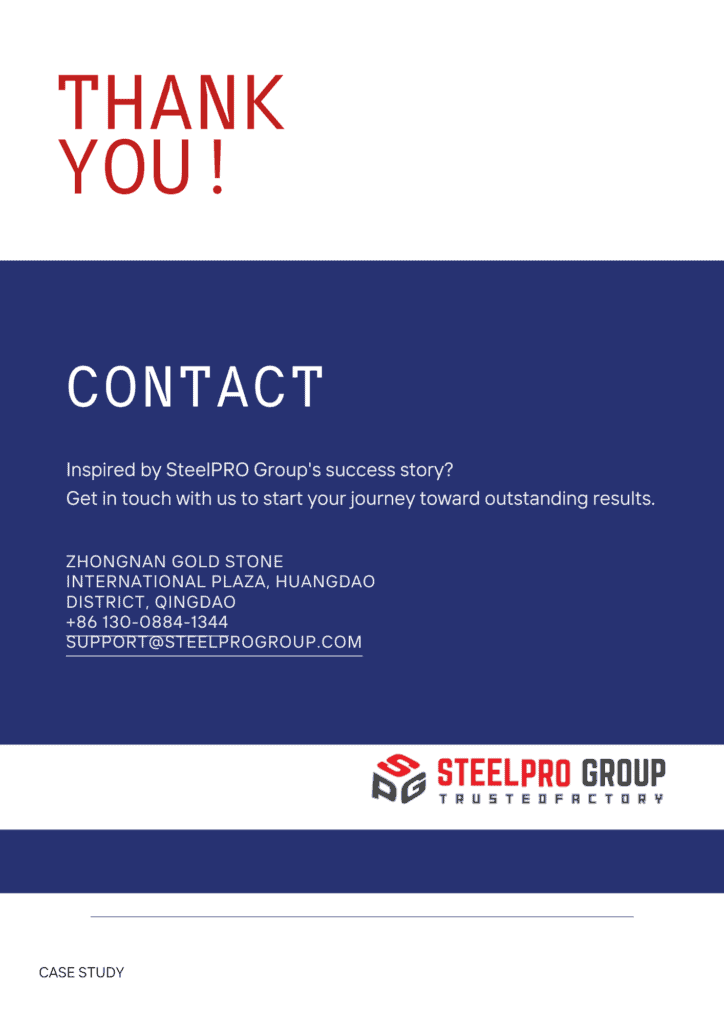محتويات
أنواع الفولاذ المجلفن: شرح الاختلافات والاستخدامات
- جون
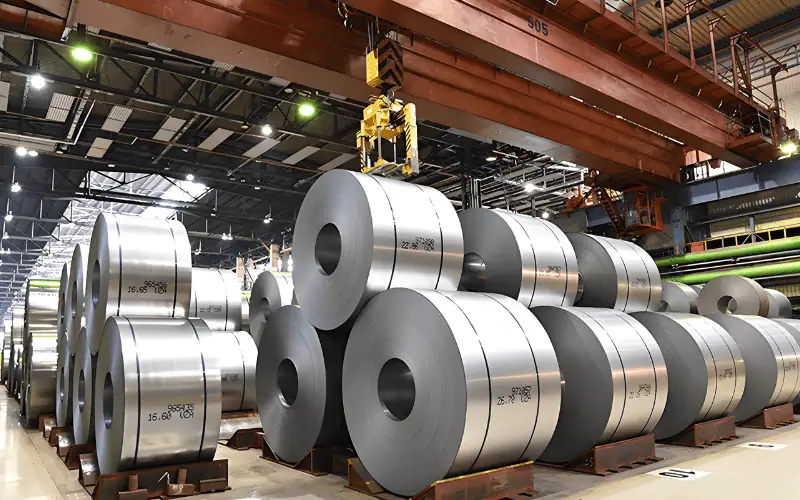
يتوفر الفولاذ المجلفن بأنواع مختلفة، مصممة لتلبية مختلف التطبيقات ومتطلبات الأداء وقيود الإنتاج. وتشمل هذه الأنواع الفولاذ المجلفن بالغمس الساخن، والفولاذ المجلفن بالكهرباء، والفولاذ المجلفن بالتلدين، والفولاذ المجلفن بالقص، والفولاذ المجلفن باستمرار.
ستتناول هذه المقالة أنواع الفولاذ المجلفن وخصائصه واستخداماته في مختلف الصناعات. كما سنقدم لمحة عامة عن الفولاذ المجلفن على البارد.
ما هو الفولاذ المجلفن؟
يُطلى الفولاذ المجلفن بطبقة من الزنك لمنع التآكل وزيادة عمره الافتراضي. ويُعرّف بمعايير مثل ASTM A653 وEN 10346 وJIS G3302، التي تحدد سُمك الطلاء وخصائصه الميكانيكية. تُستخدم الدرجات الشائعة، بما في ذلك DX51D+Z وSGCC، في قطاعات البناء والسيارات والأجهزة المنزلية والزراعة، حيث تُعدّ المتانة ومقاومة الصدأ أمرًا بالغ الأهمية.
نظرة عامة على أنواع مختلفة من الفولاذ المجلفن
يقدم الجدول أدناه مقارنة موجزة لمختلف أنواع الفولاذ المجلفن. عمومًا، توفر الطلاءات السميكة حماية أقوى ضد التآكل. استخدم هذا الدليل لمقارنة الخيارات بكفاءة واختيار الفولاذ الأنسب لاحتياجاتك.
| أنواع | سمك الطلاء النموذجي | يكلف | الاستخدامات | عمر |
| الفولاذ المجلفن بالغمس الساخن | 1.0 – 4.0 مل | معتدل | المكونات الهيكلية والتطبيقات الخارجية | 20-50 سنة |
| الفولاذ المجلفن كهربائيًا | 0.1 – 0.5 مل | قليل | لوحات السيارات والأجهزة | 10-15 سنة |
| الفولاذ المجلفن | 0.6 – 1.0 مل | معتدل | الأجزاء المطلوبة للحام، السيارات | 15-25 سنة |
| الفولاذ المجلفن بشكل مستمر | 0.2 – 1.5 مل | معتدل | تسقيف، انحياز، مواد البناء | 20-30 سنة |
| الفولاذ المقطّع | 0.5 – 2.0 مل | عالي | مثبتات وأجزاء دقيقة صغيرة | 10-20 سنة |
الفولاذ المجلفن بالغمس الساخن
الفولاذ المجلفن بالغمس الساخن هو فولاذ كربوني مطلي بالزنك عن طريق الغمر في الزنك المصهور، مما يُشكل طبقة متينة ومقاومة للتآكل. يُضفي السطح لمسة نهائية لامعة أو غير لامعة مميزة. يلتزم هذا النوع من الفولاذ بالمعايير الدولية مثل ASTM A123, EN ISO 1461، و JIS H8641، مع درجات شعبية مثل S235JR+Z و دي اكس 51 دي + زد.
في الماضي، كان يُضاف الرصاص إلى الفولاذ المجلفن بالغمس الساخن لتحسين سيولة الزنك وتجانس الطلاء. ولأسباب صحية وبيئية، تم الاستغناء عن الرصاص، وأصبحت العمليات الحديثة تلتزم بمعايير سلامة واستدامة أكثر صرامة.
عملية الفولاذ المجلفن بالغمس الساخن
تبدأ العملية بتنظيف الفولاذ بإزالة الشحوم والتخليل والصهر لإزالة الملوثات. ثم يُغمر الفولاذ في الزنك المنصهر عند درجة حرارة حوالي 450 درجة مئوية (842 درجة فهرنهايت)، مما يُشكل رابطة معدنية وطبقات واقية متعددة، بما في ذلك سبيكة الزنك والحديد وطلاء الزنك النقي.
خصائص الفولاذ المجلفن بالغمس الساخن
- مقاومة التآكل: يوفر حماية استثنائية في البيئات الخارجية القاسية بفضل طلائه الزنكي السميك.
- متانة: يعمل الرابط المعدني بين الزنك والصلب على تعزيز عمر الطلاء ومقاومته للتآكل.
- طلاء موحد: يضمن تغطية كاملة، بما في ذلك الزوايا والحواف، مما يقلل من نقاط الضعف.
- الشفاء الذاتي: يعمل الزنك كأنود تضحية، حيث يحمي الفولاذ المكشوف في حالة حدوث ضرر بسيط.
- صيانة منخفضة: يتطلب القليل من الصيانة، مما يقلل من تكاليف الصيانة على المدى الطويل.
تطبيقات الفولاذ المجلفن بالغمس الساخن
- بناء:تستخدم في الجسور، ودرابزين الحماية، والأسقف، والعوارض الهيكلية بسبب قوتها ومقاومتها للتآكل.
- السيارات:يتم استخدامه عادة في أجزاء الهيكل، ومكونات الجزء السفلي من الهيكل، وغيرها من المناطق المكشوفة.
- البنية التحتية للطاقة:يتم استخدامها في أبراج نقل الطاقة، وطواحين الهواء، ودعامات الألواح الشمسية للاستخدام الخارجي على المدى الطويل.
- زراعة:مثالي للسياج والصوامع ومعدات الري المعرضة للتربة والطقس.
- بحري:يتم استخدامه في الأحواض والأرصفة والمنصات البحرية بسبب مقاومته للتآكل بالمياه المالحة.
حدود الفولاذ المجلفن بالغمس الساخن
الطلاء السميك للفولاذ المجلفن بالغمس الساخن غير مناسب للأجزاء الدقيقة أو التشطيبات الناعمة. درجات الحرارة العالية قد تُشوّه الهياكل الرقيقة، وقد تكون الأسطح الداخلية للأجزاء المجوفة مطلية بشكل غير متساوٍ. كما أنه أقل متانة في البيئات الكاشطة أو الحمضية، وقد يكون مكلفًا للاستخدامات الصغيرة أو المتخصصة.
الفولاذ المجلفن كهربائيًا
الفولاذ المجلفن كهربائيًا هو فولاذ مطلي بالزنك من خلال عملية طلاء كهربائي، مما ينتج عنه طبقة رقيقة وناعمة وموحدة من الزنك. وهو يلتزم بالمعايير الدولية مثل ASTM A879, EN 10152، و JIS G3313، مع الدرجات المشتركة بما في ذلك مركز التعليم والتعلم و DX54D+ZE.
عملية الفولاذ المجلفن كهربائيًا
تتضمن عملية الجلفنة الكهربائية غمر الفولاذ في محلول إلكتروليت الزنك، ثم تطبيق تيار كهربائي لترسيب طبقة رقيقة ومتساوية من الزنك. تضمن هذه العملية تشطيبًا ناعمًا، ومقاومة للتآكل، وتحكمًا دقيقًا في سمك الطلاء.
خصائص الفولاذ المجلفن كهربائيًا
- سطح أملس:يوفر لمسة نهائية موحدة مثالية للطلاء والتطبيقات الجمالية.
- طلاء رقيق:يوفر تحكمًا دقيقًا في السُمك لتحقيق كفاءة التكلفة وتقليل الوزن.
- مقاومة معتدلة للتآكل:مناسبة للاستخدام في الأماكن المغلقة أو البيئات منخفضة التآكل.
- قابلية عمل جيدة:يوفر قابلية تشكيل ممتازة لعمليات الختم والتشكيل.
- تحسين قابلية اللحام:تعمل الطلاءات الرقيقة على تقليل التحديات أثناء اللحام.
تطبيقات الفولاذ المجلفن كهربائيًا
- السيارات:يستخدم عادة في ألواح هيكل السيارة والديكورات الداخلية والمكونات التي تتطلب سطحًا أملسًا وقابلًا للطلاء.
- الأجهزة المنزلية:مثالي للثلاجات والغسالات والمنتجات الأخرى التي تتطلب لمسة نهائية نظيفة ودائمة.
- الالكترونيات:تستخدم في العلب والأغلفة الخاصة بالأجهزة، حيث الدقة والمظهر هما الأساس.
- أثاث:يتم استخدامه في أثاث المكاتب وأنظمة التخزين لجاذبيته الجمالية ومقاومته للتآكل.
حدود الفولاذ المجلفن كهربائيًا
يوفر طلاء الزنك الرقيق للفولاذ المجلفن كهربائيًا مقاومة محدودة للتآكل والاحتكاك، مما يجعله غير مناسب للظروف الخارجية القاسية. كما أنه أقل فعالية من حيث التكلفة في التطبيقات التي تتطلب طلاءات أكثر سمكًا، مما يقتصر استخدامه على البيئات الخاضعة للرقابة حيث يكون المظهر والدقة من الأولويات.
الفولاذ المجلفن
الفولاذ المجلفن هو فولاذ مجلفن بالغمس الساخن يخضع لعملية تلدين إضافية لإنتاج طبقة من سبائك الزنك والحديد. وهو يفي بالمعايير الدولية مثل معايير ASTM A653, EN 10346، و JIS G3317، مع الدرجات المشتركة بما في ذلك أ40, أ60، و DX56D+ZF.
عملية الفولاذ المجلفن
يُصنع الفولاذ المجلفن بالغمس الساخن، ثم يُسخّن إلى 500-600 درجة مئوية في فرن التلدين. تُنتج هذه العملية طبقة من سبائك الزنك والحديد ذات لمسة نهائية متينة وغير لامعة، قابلة للحام والطلاء.
خصائص الفولاذ المجلفن
- لمسة نهائية غير لامعة:يوفر سطحًا مثاليًا للرسم دون الحاجة إلى تحضير إضافي.
- تحسين الالتصاق:يرتبط طلاء السبائك بقوة بالفولاذ، مما يضمن المتانة على المدى الطويل.
- مقاومة معتدلة للتآكل:أقل مقاومة قليلاً من طلاءات الزنك النقية ولكنها مناسبة للعديد من البيئات.
- صلابة عالية:سبائك الزنك والحديد أقوى من الزنك النقي، وتوفر مقاومة أفضل للتآكل.
تطبيقات الفولاذ المجلفن
- صناعة السيارات:تستخدم في ألواح الهيكل والإطارات والأجزاء الهيكلية التي تتطلب قابلية اللحام والطلاء.
- الأجهزة:مثالي للغسالات والمجففات والأجهزة البيضاء الأخرى حيث تكون هناك حاجة إلى سطح أملس وقابل للطلاء.
- بناء:تستخدم في الأسقف والألواح والجدران الفاصلة لمتانتها وسهولة طلائها.
- العلب الكهربائية:يفضل استخدامه في الصناديق والخزائن الكهربائية التي تتطلب التصاقًا قويًا للطلاء والحماية من التآكل.
- أثاث:يتم استخدامه في أثاث المكاتب والأرفف لمزيجه من القوة والصفات الجمالية.
حدود الفولاذ المجلفن
يتمتع الفولاذ المجلفن بمقاومة أقل للتآكل من طلاءات الزنك النقي، وهو عرضة للتشقق أثناء السحب العميق، ويفتقر إلى اللمسة النهائية اللامعة للخيارات المجلفنة الأخرى.
الفولاذ المجلفن بشكل مستمر
الفولاذ المجلفن باستمرار هو فولاذ مطلي بالزنك في عملية إنتاج مستمرة، مما يضمن سماكة وجودة موحدة. وهو يلتزم بالمعايير الدولية مثل معايير ASTM A653, EN 10346، و جي اي اس جي 3302، مع درجات شعبية مثل دي اكس 51 دي + زد و جي90.
عملية الفولاذ المجلفن باستمرار
تُمرَّر شرائح الفولاذ باستمرار عبر حمام من الزنك المصهور، مما يُشكِّل طبقة رقيقة ومتساوية. تُحدَّد السُمك بواسطة سكاكين هوائية، ويُبرَّد الطلاء بسرعة ليتصلب، مما يضمن جودة موحدة وكفاءة إنتاج عالية.
خصائص الفولاذ المجلفن بشكل مستمر
- مقاومة التآكل:يوفر حماية فعالة في بيئات مختلفة، وخاصة في الظروف الخفيفة إلى المتوسطة.
- كفاءة عالية:تدعم العملية المستمرة الإنتاج على نطاق واسع مع الحد الأدنى من النفايات.
- تشطيب السطح:ناعم ونظيف، مثالي لمزيد من المعالجة مثل الطلاء أو التشكيل.
- فعالة من حيث التكلفة:إن الإنتاج الفعال يقلل التكاليف مع الحفاظ على الجودة العالية.
تطبيقات الفولاذ المجلفن باستمرار
- السيارات:تستخدم على نطاق واسع في ألواح الهيكل والأسقف والمكونات الهيكلية التي تتطلب خفة الوزن ومقاومة للتآكل.
- بناء:مثالي لألواح التسقيف، وكسوة الجدران، والهياكل الفولاذية في المباني السكنية والتجارية.
- الأجهزة:يستخدم في الغسالات ومكيفات الهواء ومعدات المطبخ لسطحه النظيف ومتانته.
- الصناعة الكهربائية:مناسب لصواني الكابلات، والعلب، والمكونات الأخرى المعرضة لبيئات منخفضة التآكل.
حدود الفولاذ المجلفن بشكل مستمر
يتميز الفولاذ المجلفن باستمرار بطبقة رقيقة من الزنك، مما يوفر مقاومة متوسطة للتآكل، وهو غير مناسب للبيئات القاسية. كما أن السطح الأملس قد يقلل من التصاق الطلاء، وتكون الطبقة الرقيقة أقل متانة في الظروف القاسية، مما يتطلب صيانة أكثر.
الفولاذ المقطّع
الفولاذ المشرشر هو نوع من الفولاذ المجلفن المطلي بالزنك من خلال عملية انتشار جاف، مما يُنتج طبقة موحدة من سبائك الزنك والحديد. وهو يتوافق مع معايير مثل ايزو 17668 ويتم استخدامه عادة للمكونات الصغيرة مثل أدوات التثبيت والتجهيزات.
عملية تقطيع الفولاذ
تتضمن عملية التشذيب تسخين أجزاء الفولاذ في أسطوانة محكمة الغلق مع مسحوق الزنك عند درجة حرارة تتراوح بين 300 و450 درجة مئوية (572 و842 درجة فهرنهايت). يتبخر الزنك وينتشر على سطح الفولاذ، مشكلاً سبيكة متينة من الزنك والحديد. تضمن هذه الطريقة تغطية متساوية، وهي مثالية للأجزاء الصغيرة والمعقدة.
خصائص الفولاذ المشرشر
- طلاء موحد:يوفر تغطية ثابتة، حتى على الأشكال غير المنتظمة والمكونات الصغيرة.
- مقاومة عالية للتآكل:فعال بشكل خاص في البيئات القاسية، بما في ذلك البيئات البحرية والصناعية.
- مقاومة التآكل:الطلاء المصنوع من السبائك أكثر صلابة ومقاومة للتآكل من الزنك النقي.
- عملية صديقة للبيئة:الطريقة الجافة لا تنتج أي نفايات سائلة، مما يجعلها صديقة للبيئة.
تطبيقات الفولاذ المشرشر
- المثبتات والمسامير:يستخدم للبراغي والصواميل وغيرها من الأجهزة المعرضة للرطوبة أو البيئات المسببة للتآكل.
- تجهيزات الأنابيب:يفضل للمكونات الملولبة في أنابيب السباكة والصناعية.
- الأدوات الزراعية:يتم تطبيقه على أجزاء المعدات الصغيرة التي تتطلب المتانة ومقاومة الطقس.
- المكونات الكهربائية:تستخدم في الموصلات والتجهيزات الصغيرة الأخرى التي تحتاج إلى الدقة والحماية.
حدود الفولاذ المقطّع
يُعدّ الفولاذ المُقطّع مناسبًا للأجزاء الصغيرة نظرًا لحدود حجم المعالجة، حيث تكون الطبقات الرقيقة أقل فعالية في البيئات القاسية. وهو أبطأ وأكثر تكلفة من الطرق الأخرى، وله لمسة نهائية غير لامعة قد لا تُلبي جميع الاحتياجات الجمالية.
ما هو الجلفنة الباردة؟
الجلفنة الباردة، المعروفة أيضًا باسم الطلاء الغني بالزنك، تتضمن وضع طلاء غني بالزنك على أسطح الفولاذ لحمايتها من التآكل. على عكس الجلفنة التقليدية، تفتقر هذه العملية إلى الرابطة المعدنية، ولا تُصنف كفولاذ مجلفن أصلي. تُنشئ تقنيات مثل الطلاء الميكانيكي، والجلفنة بالرش، والطلاء الغني بالزنك حاجزًا سطحيًا للحماية.
هذه الطريقة اقتصادية وسهلة التطبيق، لكنها لا توفر سوى مقاومة متوسطة للتآكل مقارنةً بالجلفنة التقليدية. تُستخدم عادةً لإصلاح الأسطح المجلفنة، وتوفير حماية قصيرة الأمد، أو صيانة الفولاذ في بيئات ذات مخاطر تآكل ضئيلة.
أنواع مختلفة من موردي الفولاذ المجلفن
تقدم مجموعة Steel Pro مجموعة متنوعة من منتجات الفولاذ المجلفن، مثل q235 لفائف الفولاذ المجلفن و صفائح الفولاذ المجلفنة s235نحن مجهزون للتعامل مع جميع احتياجات مشروع الفولاذ المجلفن بجودة وموثوقية استثنائية.
تلتزم Steel Pro Group بالتميز، وتضمن أن كل منتج يلبي المعايير الصارمة، وتوفير حلول متينة وعالية الأداء للبناء والسيارات والأجهزة والمزيد.



